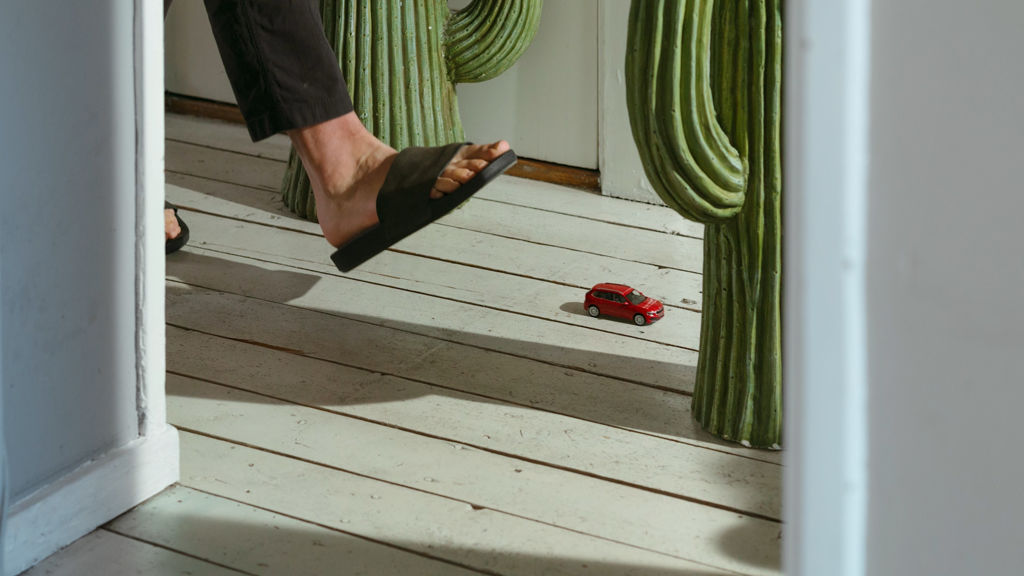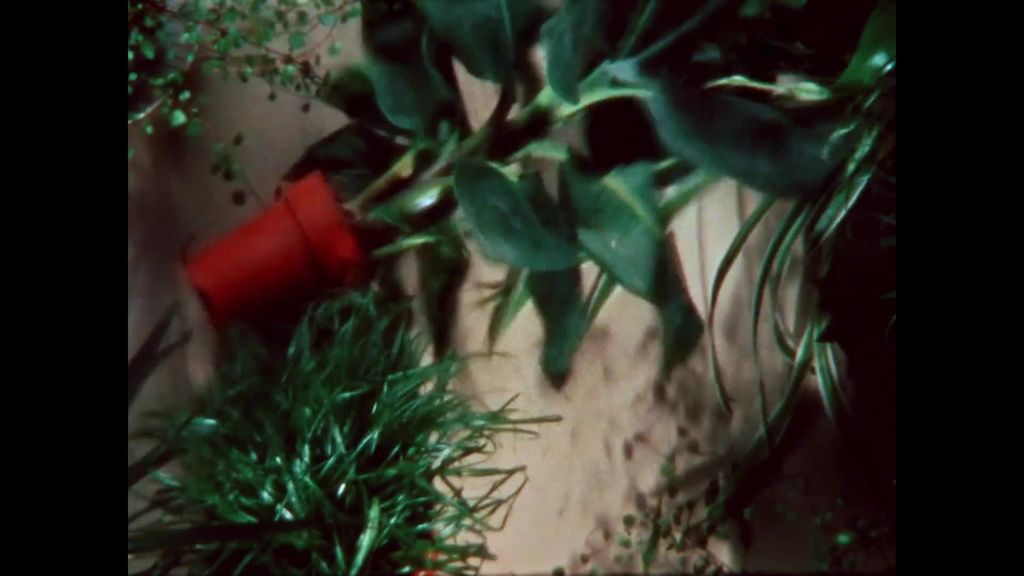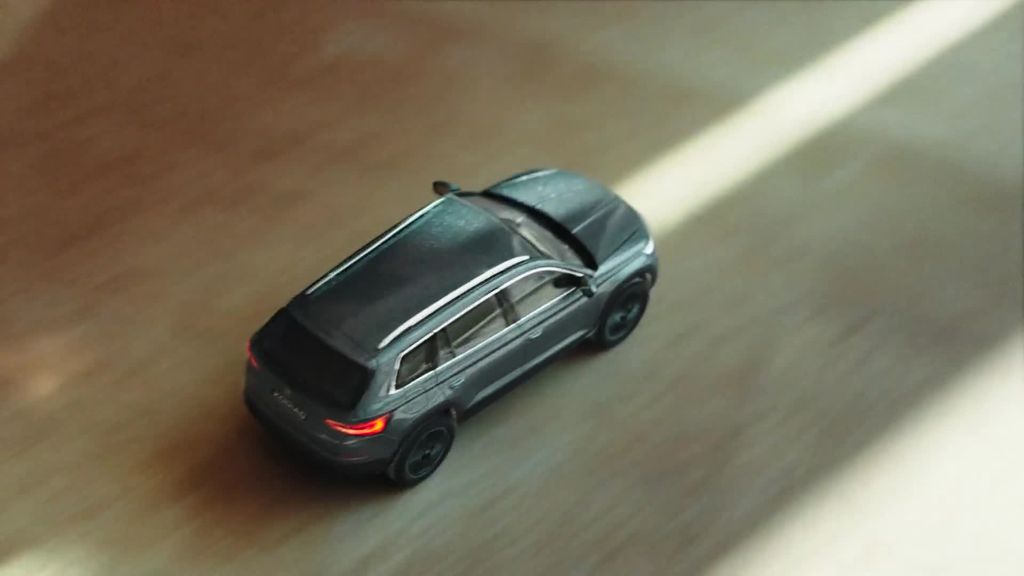A zoom call is not an idea
Ellie Boxall, Senior Planner at MullenLowe Open, quickly tired of the Zoom call cliche that came to the fore during lockdown. Creativity is about overcoming limitations, she argues, not existing within them.
For the last few months, our world has been boring and repetitive, and our advertising has been making it worse.
Since the UK went into Covid meltdown 90 or so days ago, a huge swath of new campaigns and adverts have gone live, designed to reflect the realities of social distancing and lockdown, with many brands turning to low quality phone videos and ‘real people’ to show how they are reacting to this turbulent time.
These ads not only blurred into each other, they blurred into the rest of our lives too.
We’ve all been at it, from Tesco to Vodafone, Virgin Media to Co-op, Birds Eye to Maltesers and Domino’s and Indeed and ITV… the list goes on. The result? The last few months will go down in history as a sea of sameness.
Co-Op – Calling All #LocalHeroes | Donate To FareShare
Birds Eye – What's For Tea?
Above: Zoom-based commercials skyrocketed over the last few months. Co-op and Birds Eye are just two examples.
But the problem is not that they were all saying the same thing, the problem is they were replicating the exact same low-quality, Zoom-style call the whole nation was already stuck trying to use for everything else; video calls had also become our pub, our meeting room and even our gym. These ads not only blurred into each other, they blurred into the rest of our lives too, adding to the monotony and never-ending Groundhog Day feeling, as well as failing to drive any kind of distinctiveness for the brands they serve.
What this insight told us was that consumers did not think it is appropriate to try to flog them things during a global pandemic. It was not a request to throw creativity out of the window.
And to those of you who are thinking, “But the data told us that consumers did not think we should be advertising as normal”, that is true, but did any of us really know what we thought from one minute to the next during those first few days? How likely is it that Josephine Bloggs is going to be able to give a clear answer of what she thinks is the right advertising for brands to show? What this insight really told us was that consumers did not think it is appropriate to try to flog them things during a global pandemic. It was not a request to throw creativity out of the window.
Creativity is about thinking differently and overcoming those limitations, not existing within them.
It is the job of the creative industries to bring diversity and difference to our already mundane lives, not add to it. If we find ourselves with limited options again - and who knows what the next year will bring? - we need to challenge ourselves. Creativity is about thinking differently and overcoming those limitations, not existing within them. Don’t get me wrong, there may be some great ideas that fit perfectly in this style of ad, but if I see one more montage of families at home talking on Zoom, I may be liable to chucking my TV out of the window.
Skoda – Shot At Home - From Form
Skoda – Shot At Home - Johan Kramer
Skoda – Shot At Home - Steffen Haars
Above: Skoda's Shot At Home campaign turned a limitation into an opportunity.
Creativity should not be bound by reality and there are many ways round the production challenges we have faced in recent months; the ‘hometasking’ entries from Dave’s Taskmaster, or the RuPaul’s Drag Race’s season finale have shown just what is possible with stop-frame animation, illustrations and simply playing with perspective. Hats off to Skoda’s Shot at Home which has already turned this limitation into an opportunity.
For all but a few key sectors the relevance of brand and the emotions they pull on have not disappeared, so neither should their ads.
It is also worth considering the adage ‘if it ain’t broke, don’t fix it’. Brands have removed diverse, engaging ads to replace them with irrelevant montages about being ‘here to help’. For all but a few key sectors, like travel, the relevance of brand and the emotions they pull on have not disappeared, so neither should their ads. The worst offender here was Indeed, whose ad Moon Landing already tapped into the value of key workers and would have taken on a whole new level of meaning during lockdown. Why on earth would you remove this and replace it with a series of shots of jobseekers talking about the challenges of lockdown?
Credits
powered by
- Agency In-House
Above: Indeed's Moon Landing spot was replaced with more generic lockdown spot, despite tapping into the value of key workers.
Think about what relevance actually means - relevance is ‘being closely connected or appropriate’ (Oxford Languages, 2020). It is about showing understanding and connection to your consumer’s needs, elevating not imitating their reality. Really consider what the needs of your consumers are in lockdown: Boredom busting perhaps? Entertainment? Connection to others? But probably not another Zoom call.
If we ever find ourselves stuck at home again, please, for the sake of your own sanity and that of the nation, do something different.
The brands that have really resonated and stood out in the last few months are those who understood this need for relevance, focussing on the emotional positives of lockdown, like Cadbury’s This Doesn’t Need to End spot, or adapting old concepts to take on new meaning, like IKEA’s Conquer the Great Indoors. Both of these ads are super-relevant to the time we live in, but they add to it and help us think differently, exactly what advertising is designed to do. So, if we ever find ourselves stuck at home again, please, for the sake of your own sanity and that of the nation, do something different.
Credits
powered by
- Agency VCCP/London
- Production Company Clouded Vision
- Director Tom Sweetland
-
-
Unlock full credits and more with a Source + shots membership.
Credits
powered by
- Agency VCCP/London
- Production Company Clouded Vision
- Director Tom Sweetland
- Post Production Freefolk
- Executive Creative Director Darren Bailes
- Creative Director Chris Birch
- Creative Director Jonny Parker
- Producer Carly Parris
- Producer Simon Lane
- DP Jack Maddison
- DP Richard Bell
- DP Tom Sweetland
- Editor Toby Dashwood
- Executive Post Producer Fi Kilroe
- Post Producer Charles Gillett
- Flame Jason Watts
- Colourist Dan Moran

Credits
powered by
- Agency VCCP/London
- Production Company Clouded Vision
- Director Tom Sweetland
- Post Production Freefolk
- Executive Creative Director Darren Bailes
- Creative Director Chris Birch
- Creative Director Jonny Parker
- Producer Carly Parris
- Producer Simon Lane
- DP Jack Maddison
- DP Richard Bell
- DP Tom Sweetland
- Editor Toby Dashwood
- Executive Post Producer Fi Kilroe
- Post Producer Charles Gillett
- Flame Jason Watts
- Colourist Dan Moran
)



















